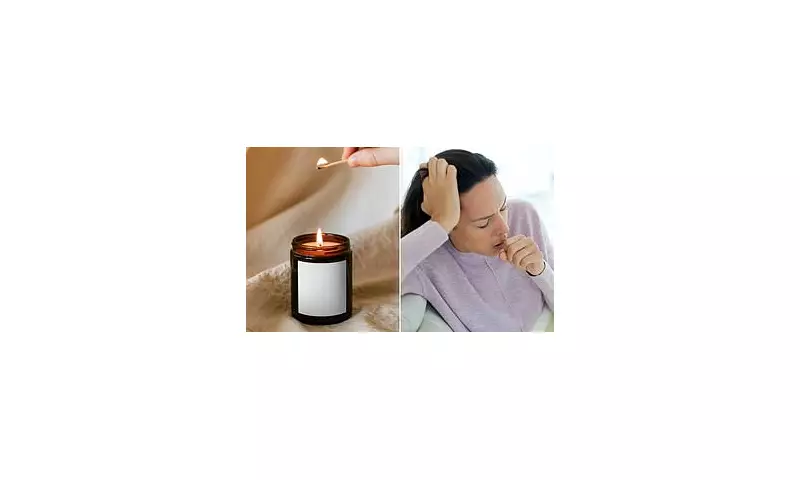
The Hidden Health Hazards Lurking in Your Cosy Home Ambience
That comforting glow and inviting fragrance from your favourite scented candle might be concealing a darker reality for your health. Leading medical experts are raising urgent concerns about the potential dangers these popular home accessories pose to indoor air quality and respiratory wellbeing.
What's Really in Your Candle's Fragrance?
According to respiratory specialists, many scented candles contain volatile organic compounds (VOCs) that are released into the air when burned. These invisible pollutants can include formaldehyde, benzene and other chemicals known to irritate the respiratory system.
Professor Stephen Holgate, a renowned immunopharmacologist, explains: "When you light a scented candle, you're essentially creating a cocktail of chemicals in your home environment. For vulnerable individuals, particularly those with asthma or other respiratory conditions, this can trigger significant health issues."
The Most Vulnerable at Risk
Children, elderly individuals, and people with pre-existing respiratory conditions face the greatest threat from scented candle emissions. Research indicates that regular exposure to these pollutants can:
- Aggravate asthma symptoms and trigger attacks
- Cause headaches and migraines
- Lead to allergic reactions and skin irritation
- Contribute to long-term respiratory damage
Are Some Candles Safer Than Others?
Experts suggest that not all candles pose equal risks. The composition of the wax, wick material, and fragrance ingredients all play crucial roles in determining a candle's safety profile. Natural alternatives like beeswax or soy candles with essential oil fragrances generally emit fewer harmful chemicals.
Practical safety measures include:
- Ensuring proper ventilation when burning candles
- Limiting burning time to 2-3 hours maximum
- Choosing candles with natural wax and cotton wicks
- Being particularly cautious in bedrooms and small spaces
The Industry Responds
The British Candlemakers Federation has defended product safety, stating that all products sold in the UK comply with strict regulations. However, health advocates argue that current testing doesn't fully account for the cumulative effects of multiple fragrance products in modern homes.
As awareness grows, consumers are increasingly seeking transparency about what they're bringing into their homes. The question remains: is that beautiful scent worth the potential health compromise?





